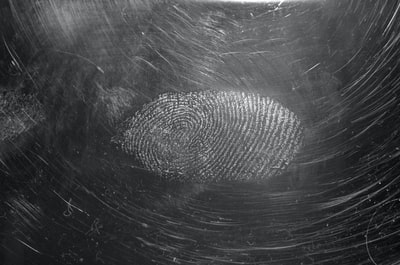 For your exam you’ll need to know how to write out equations which show single alpha and beta decay.
For your exam you’ll need to know how to write out equations which show single alpha and beta decay.
An atom nucleus is written in the Periodic Table like this:
- A
X
- Z
- A is the atomic mass (which is the sum of protons and neutrons)
- Z is the atomic number (which equals the number of protons)
- X is the chemical symbol
——————————————————
Alpha decay

- The atomic number goes down by 2.
- The atomic mass goes down by 4.
The new element is now two places lower on the Periodic Table.
For example, when Radium (Ra) emits an alpha particle it becomes Radon (Rn):
——————————————————
GCSE Science – Beta decay
In beta decay a neutron becomes an electron and a proton. The proton remains in the nucleus but the electron escapes the atom as a beta particle. This means that the nucleus now has an extra proton and one less neutron.
- The atomic number goes up by 1.
- The atomic mass doesn’t change.
For example, when Strontium-90 undergoes beta decay it forms Yttrium-90: